Footage of a police officer interrupting the Good Friday liturgy to disperse and send home the congregation of a Polish Catholic Church in Balham has become the subject of a media storm over the Easter weekend.
A strongly worded statementfrom the parish alleges that ‘the police grossly exceeded their powers by issuing their order without adequate reason, as all government requirements were met’. While the Metropolitan Police issued a statementdisclosing that officers attended after following ‘a report of a crowds of people entering queuing outside’ (that common feature of Covid-19 policing: a tip off). It was said that they found social distancing and some mask wearing requirements were not met, and that the officers considered it was not safe to allow the service to continue.
The parish’s statement suggested that the officers who attended were out of date:
We believe that borough police officials have been misinformed regarding the current guidelines for places of worship, claiming that the reason for their intervention is the continuing ban on public celebrations in places of worship in London, due to the lockdown introduced from Jan. 4, 2021.
The words of the officer dispersing the congregation did not focus on masks and social distancing, however. He said:
Ladies and gentleman, this gathering is unfortunately unlawful under the Coronavirus Regulations we have currently. You are not allowed to meet inside with this many people under law. At this moment in time, you need to go home. Failure to comply with this direction to leave and go your home address ultimately could lead you to be fined £200, or if you fail to give your details, to be arrested. I suggest, ladies and gentlemen, though it is Good Friday, and I appreciate you would like to worship, that this gathering is unlawful so please may you leave the building now. Thank you.
What are the current rules governing public worship?
The Coronavirus Regulations changed on 29 March as the country moved onto ‘Step one’ of the three steps of the roadmap out of lockdown (the government’s mixed metaphors, not mine).
The new governing regulations are The Health Protection (Coronavirus, Restrictions) (Steps) (England) Regulations 2021 (‘the Steps Regulations’) – and they are in excess of 43,500 words long. The main change these regulations bring about is a removal on the restriction of movement, the so-called ‘stay at home’ requirement; restrictions on gatherings remain, but those restrictions have always been subject to exceptions.
Prior to 29 March, the two exceptionsconcerning worship were for weddings of no more than six people, and funerals attended by no more than thirty. Those exceptions remain, with the limit on weddings increased to fifteen. There is, however, a new general exception for communal worship. There is no legal limit on the number of persons who may attend communal worship.
Any number of persons may worship together, provided the following conditions are met:
(a) the gathering is for the purposes of communal worship in a place of worship,
(b) the person concerned participates in the gathering alone or as a member of a qualifying group, and
(c) the gathering organiser or premises manager takes the required precautions in relation to the gathering.
Requirement (b) essentially requirespersons to attend solo or in a household group, and not mingle when present.
What of the ‘required precautions’ in (c)? These are twofold. First, the gathering organiser must carry out a risk assessment that would satisfy the requirements of regulation three of the Management of Health and Safety at Work Regulations 1999. Churches, as employers, have to do this anyway – and since the commencement of the pandemic, the Health and Safety Executive has been contributing to the guidance that requires Covid-safe measures to be part of a risk assessment. So this requirement adds nothing to what should already be happening.
Second, the gathering organiser must take ‘all reasonable measures to limit the risk of transmission of coronavirus’, taking into account the Health and Safety risk assessment and ‘any guidance issued by the government which is relevant to the gathering’. This is rather circular, for the risk assessment is usually the source of ‘all reasonable measures’, and a risk assessment complying with Health and Safety legislation will invariably be written with regard to HSE guidance.
Be that as it may, there is additional government guidancefor the safe use of places of worship that the gathering organiser is obliged to take into account. The guidance is 8,600 words long, and makes it clear that there is no set maximum capacity limit:
Limits for communal worship should be decided on the basis of the capacity of the place of worship following an assessment of risk.
Specific provision is made for social distancing, with rather unhelpful exhortations to ‘follow the law’ and ‘follow the guidance’, but alongside more useful specifics including queue management, keeping separate households apart and the now familiar advice that:
… people should be 2 metres apart or more than 1 metre apart as well as taking extra steps to stay safe (such as wearing face coverings) to reduce the risk of transmission.
A passage in the guidance on ‘Enforcement’ sees the enforcing body as the local authority under health and safety legislation, setting out what is well known to regulatory lawyers as a stepped approach to enforcement of increasing increments of severity:
The actions the enforcing authority can take include the provision of specific advice to employers to support them to achieve the required standard, through to issuing enforcement notices to help secure improvements. Serious breaches and failure to comply with enforcement notices are against the law with serious fines and even imprisonment for up to 2 years.
When the government opened up the economy following the first lockdown, the emphasis was very much on Covid-safe working through existing health and safety legislation – a tried and tested scheme, with an emphasis on bespoke risk assessment, rather than ‘one size fits all’ rules. However, pressure from the police and other enforcement bodies have led to a blizzard of new laws: the rule of six, the 10pm curfew, and the micromanagement we see in the multifarious exceptions to the gathering restrictions.
One hangover of this is that it is actually for the constabulary, and not local authorities, to determine whether or not a church has taken the ‘required precautions’ in relation to communal worship for the purposes of compliance with the ‘Steps Regulations’. The regime provides that it is for the police to enforcethe restrictions on gathering, and for local authorities to deal with business closures.
Health and safety legislation, based on risk assessment, has long been enforced by the Health and Safety Executive and specialised local authority officers. That scheme now buttressed, and I would say unnecessarily so, by a duplicate scheme of risk assessment under the Steps Regulations, with its own free-standing offences and penalties (including unlimited fines), enforced by police officers who may have had no training in the nuances of risk assessment, and who are perhaps unfamiliar with the stepped approach of advice, improvement notice, prohibition notice and so on that health and safety professionals are familiar with.
As infection rates continue to fall, one has to question whether it is right that potential health and safety breaches are met with blue flashing lights and instant decisions by police officers, who may be out of their comfort zones, rather than – if the country is to go back to normality – relying on tried and tested health and safety law.
The pandemic has led to a virulent spread of new laws: it must now be time to start decriminalising what is already dealt with by existing regulation, as well as by applying individual responsibility and common sense.
<//>
Got something to add? Join the discussion and comment below.
Get 10 issues for just $10
Subscribe to The Spectator Australia today for the next 10 magazine issues, plus full online access, for just $10.

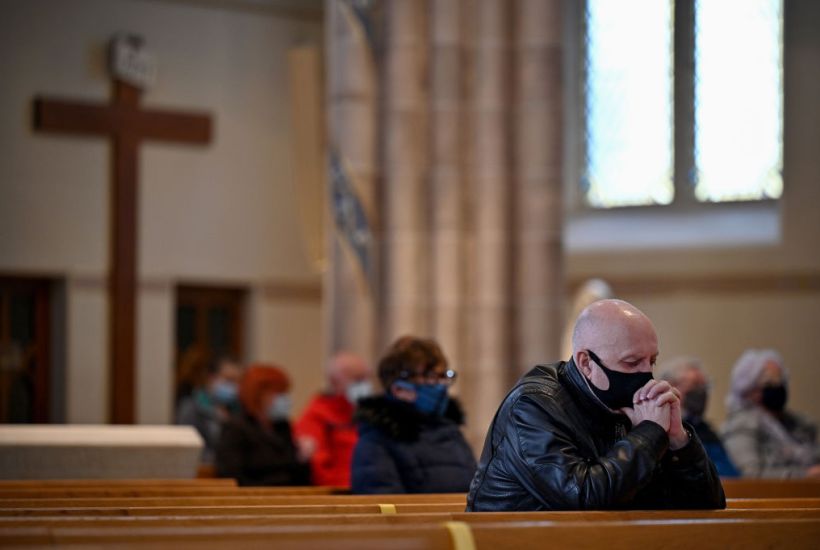
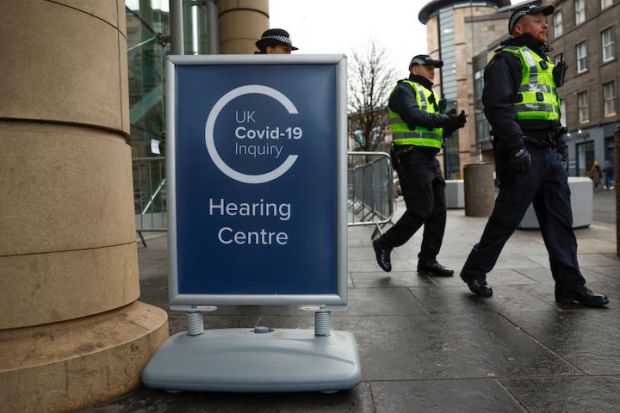
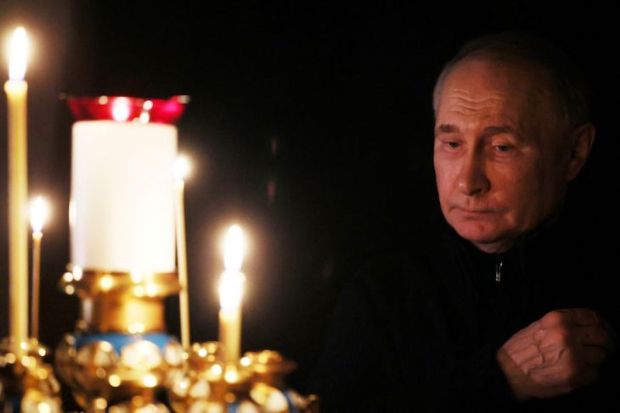
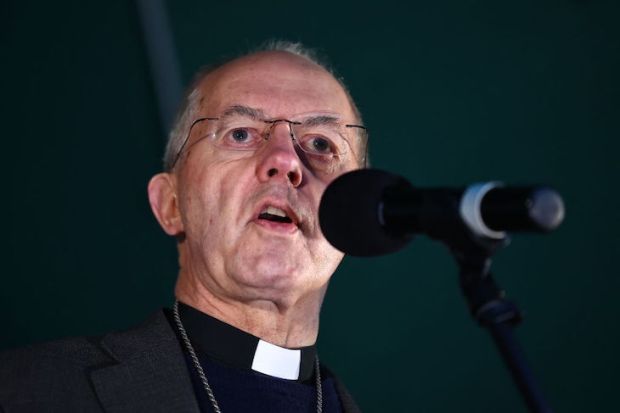

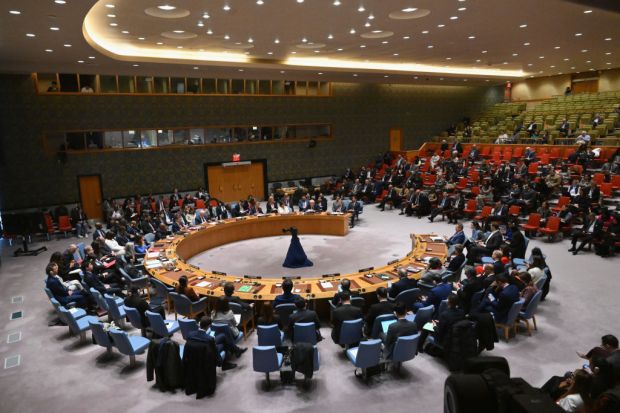
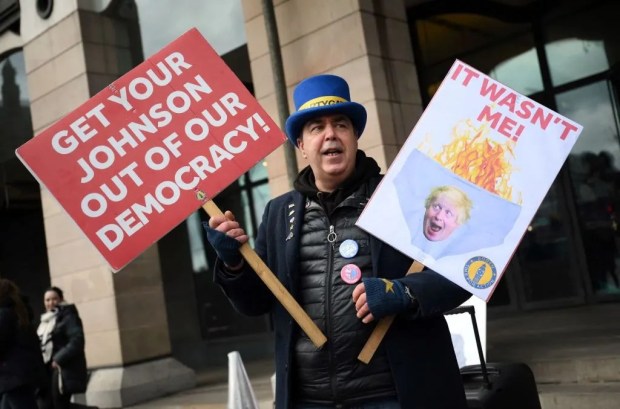












Comments
Don't miss out
Join the conversation with other Spectator Australia readers. Subscribe to leave a comment.
SUBSCRIBEAlready a subscriber? Log in